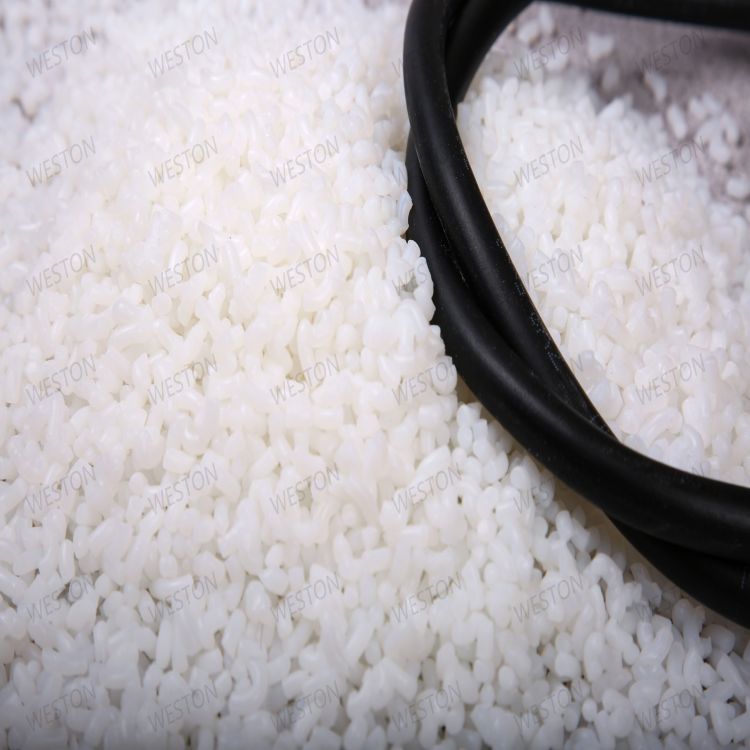-
Categories
-
Pharmaceutical Intermediates
-
Active Pharmaceutical Ingredients
-
Food Additives
- Industrial Coatings
- Agrochemicals
- Dyes and Pigments
- Surfactant
- Flavors and Fragrances
- Chemical Reagents
- Catalyst and Auxiliary
- Natural Products
- Inorganic Chemistry
-
Organic Chemistry
-
Biochemical Engineering
- Analytical Chemistry
- Cosmetic Ingredient
-
Pharmaceutical Intermediates
Promotion
ECHEMI Mall
Wholesale
Weekly Price
Exhibition
News
-
Trade Service
[Preparation method] Place a four-neck glass reaction flask with an electric stirrer, thermometer, nitrogen inlet and outlet pipe in a constant temperature water bath, raise it to a certain temperature, then add accurately weighed starch and reaction medium, pass nitrogen protection, and stir After 1.
Whether starch can react with acrylamide monomer is not only related to the structure and properties of the monomer, but also depends on whether there are activated free radicals on the starch macromolecule
The main factors affecting the starch grafting reaction are the type and concentration of initiator, reaction time, reaction temperature, monomer dosage, reaction medium and so on
(1) Type of initiator
Under the same other conditions, 8 different initiators were used to initiate the graft copolymerization of starch with PAM.
(2) Initiator concentration
In the range of 0.
Table 3-33 The influence of the type of initiator on the grafting effect
Figure 3-6 The influence of initiator concentration on the grafting effect
Note: The amount of starch is 10.
The dosage is 10.
(3) Temperature
Figure 3-7 shows that the increase in temperature is beneficial to increase the conversion of monomers, but as the temperature increases, the grafting efficiency shows a downward trend
(4) Response time
The grafting efficiency, monomer conversion rate, and grafting amount all increase with the increase of the reaction time, but after the reaction for 3 hours, continuing to extend the reaction time is conducive to the formation of acrylamide homopolymer and the grafting to the monomer On the contrary, the polymer is reduced, that is, the grafting efficiency is slightly reduced (as shown in Figure 3-8), so the grafting reaction is preferably 3h
Related link: Starch-acrylamide graft copolymer







